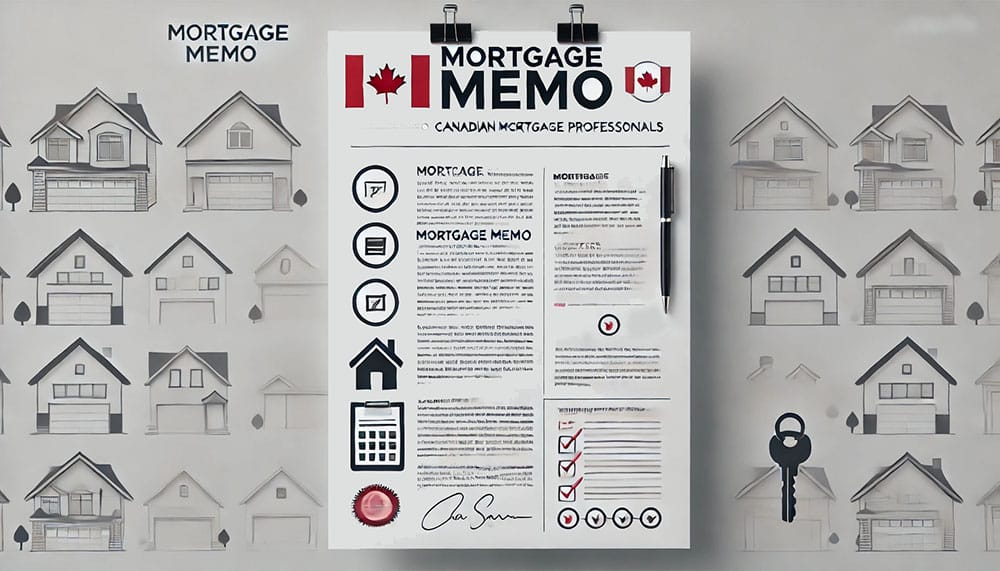"If pushed, our response will be the single largest trade blow the U.S. economy has ever endured." —Transport and Internal Trade Minister Anita Anand on Question Period
Like a ticking economic time bomb, we're potentially mere hours from Tariff-ageddon. If Trump stays true to his promise and taxes our imports right after his inauguration, Canada's employment, GDP and inflation charts could take some sharp, unpleasant turns.
For borrowers, mortgage pros and investors, one way to monitor the rate effects of Trump's tariff tyranny is to watch bond yields. They'll provide the most immediate sense of near-term rate direction as trade news leaks out of Washington this week.
You don't have access to this post on MortgageLogic.news at the moment, but if you upgrade your account you'll be able to see the whole thing, as well as all the other posts in the archive! Subscribing only takes a few seconds and will give you immediate access.
This post is for MLN Pro subscribers only
Subscribe now
Back to top



